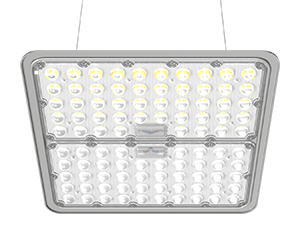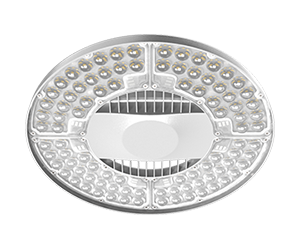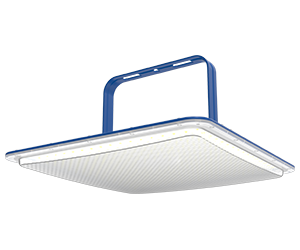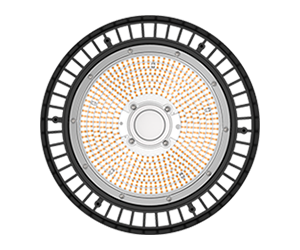Get Samples
If you are looking for industry and outdoor Lighting solutions,
look no further than Seeking LED-Lighting.
July 26, 2024
Proper lighting plays a crucial role in creating an optimal environment for gyms and fitness centers. When designing gym lighting, there are several key factors to consider:
Types of Lighting Fixtures for Gyms
Some of the most suitable lighting options for gyms include:
• LED High Bay Lights: Ideal for high ceilings, providing bright illumination across large areas.
• LED Linear Lights: Versatile fixtures that can create continuous lines of light.
• LED Panel Lights: Offer even illumination and work well for lower ceilings.
Key Factors to Consider
When selecting gym lighting, keep the following in mind:
• Brightness: Ensure sufficient illumination throughout the space, typically 300-500 lux for gyms.
• Color Temperature: Opt for cooler temperatures (5000K-6500K) to promote focus and energy.
• Glare Control: Use fixtures with a UGR (Unified Glare Rating) of 25 or lower to minimize glare.
• Energy Efficiency: LED lights offer significant energy savings compared to traditional options.
• Flexibility: Choose lighting systems that allow for dimming and color changing capabilities.
Lighting Recommendations by Area
Different areas of the gym have unique lighting needs:
• Free Weights Area: Ample lighting for safety, 4-foot suspended LED fixtures work well.
• Cardio Area: Bright lighting to energize, 80-watt LED linear lights recommended.
• Yoga/Stretching Areas: Softer, ambient lighting with warmer color temperatures.
• Locker Rooms: LED round fixtures or vapor-tight options for a relaxing atmosphere.
• Pool/Shower Areas: UL-listed fixtures for wet locations, recessed lighting preferred.
Benefits of LED Lighting for Gyms
LED lighting offers numerous advantages for gym environments:
1. Energy efficiency, resulting in lower electricity costs
2. Long lifespan, reducing maintenance and replacement needs
3. Customizable brightness and color options
4. Improved light quality and distribution
5. Instant on/off capabilities without warm-up time
Design Principles and Best Practices
To create an effective gym lighting design:
1. Use a combination of ambient and task lighting.
2. Incorporate natural light where possible.
3. Avoid shadows and dark spots in workout areas.
4. Consider using occupancy sensors and wireless controls for energy savings.
5. Ensure consistent color temperature throughout the space.
6. Clean fixtures regularly to maintain performance.
By carefully considering these factors and implementing a well-designed lighting plan, gym owners can create an inviting, energizing, and safe environment for their members while also optimizing energy efficiency and operational costs.

If you are looking for industry and outdoor Lighting solutions,
look no further than Seeking LED-Lighting.
Address:5F, Building 5, Guole Science and Technology Park, Lirong Road, Dalang Street, Longhua, Shenzhen, China
Phone:+86(755)29846615
Sales:sales01@seekingled.com
Support:chen-rd@seekingled.com
Feedback: dawei@seekingled.com
Suppliers:buy@seekingled.com
Copyright © 2025 Seeking LED-Lighting Limited. All Rights Reserved




